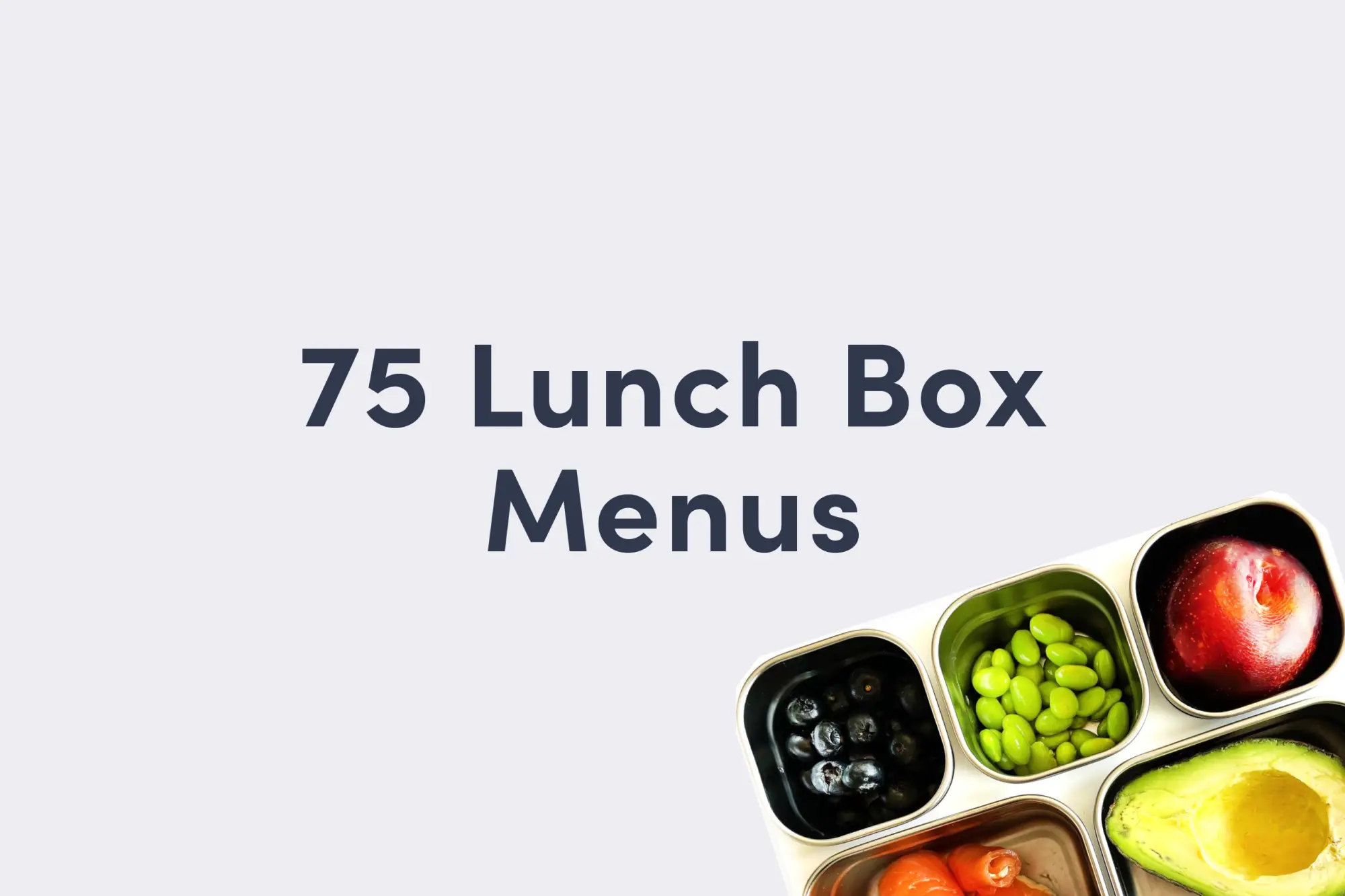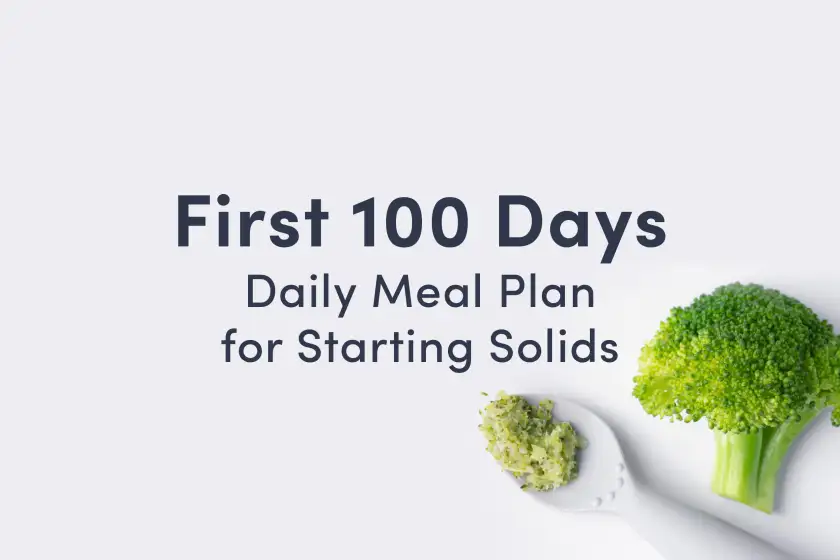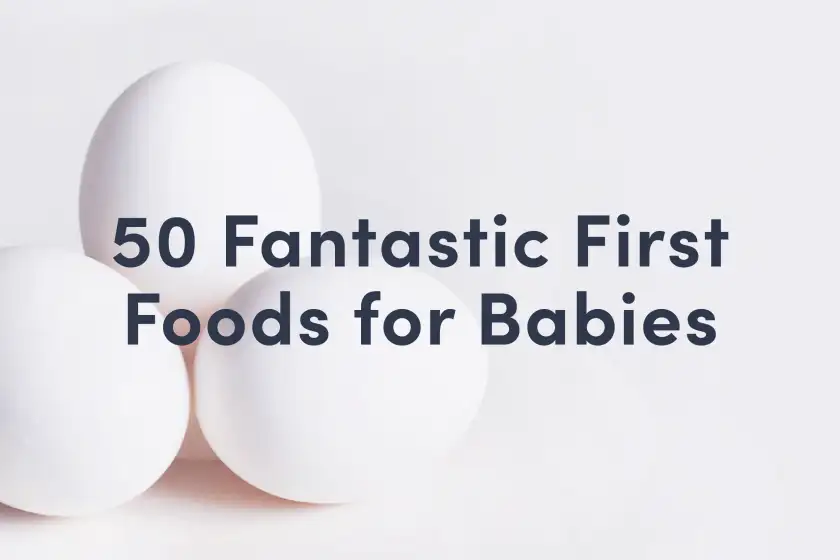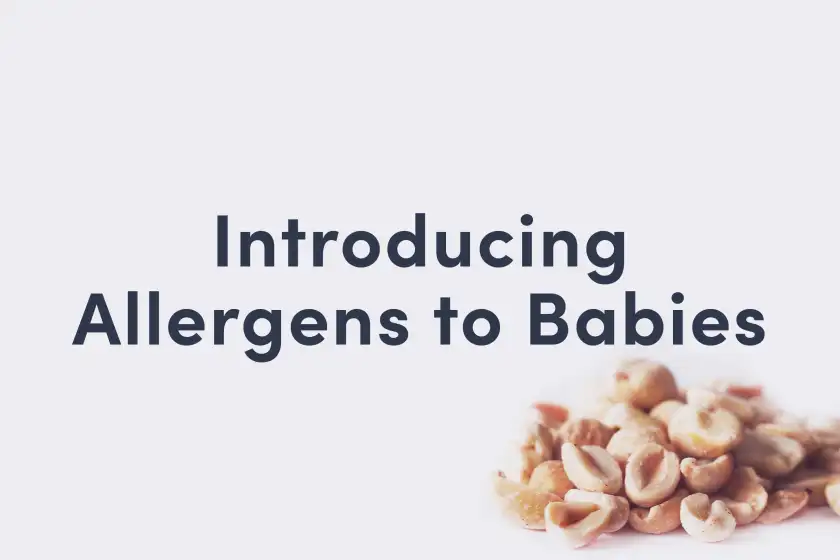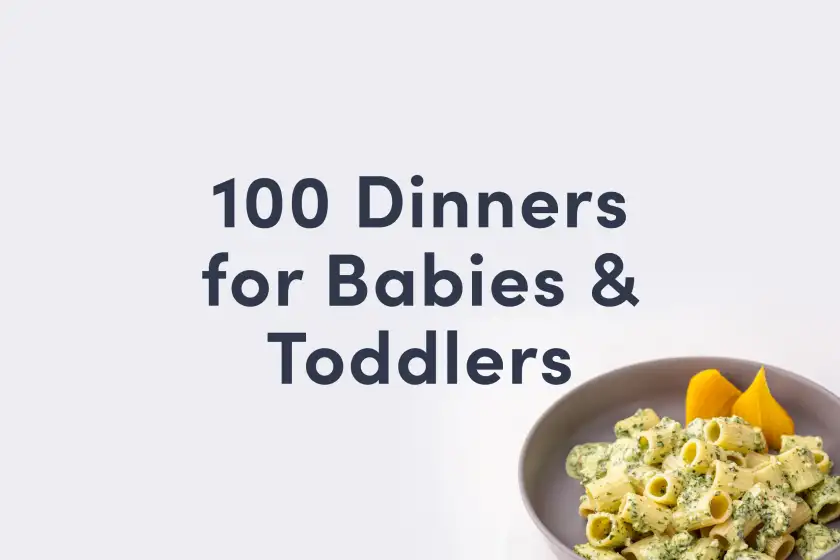Pulasan
Fruit
Age Suggestion
6 months
Iron-Rich
No
Common Allergen
No
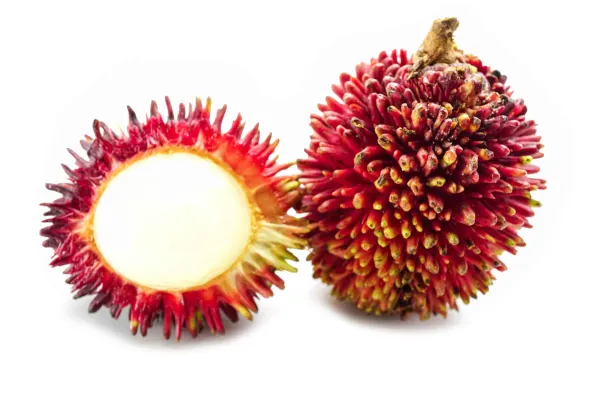
When can babies have pulasan?
Pulasan may be introduced as soon as baby is ready to start solids, which is generally around 6 months of age. Both the flesh of the pulasan and the seed inside pose a choking risk, so see our suggestions for how to serve pulasan by baby’s age before introducing.
Pulasan is a close relative of the rambutan, both juicy fruits of evergreen trees that originated in Southeast Asia. The plant thrives wherever the weather is warm and wet, like the tropics of the Americas, Africa, the Pacific Islands, and Asia, where pulasan is also known as bulala and ngoh khao san, among other names. In Malay, its name means “twist,” which hints at how one eats the fruit.
Is pulasan healthy for babies?
Yes. Pulasan is packed with plenty of calcium to support bone health and potassium as an important electrolyte for heart health. It also offers a good amount of vitamin C, which aids the absorption of plant-based sources of iron. The benefits don’t stop there: the fruit also offers antioxidants to repair cells, carbohydrates for fast energy, and fiber to nourish baby’s developing gut microbiome.
Is pulasan a common allergen?
No. Allergies to pulasan are rare, but possible. People who are allergic to pollens may be sensitive to pulasan, rambutan, and lychee fruits, as can individuals with Oral Allergy Syndrome (also known as pollen-food allergy). Oral Allergy Syndrome typically results in short-lived itching, tingling, or burning in the mouth and is unlikely to result in a dangerous reaction.
As you would when introducing any new food, start by offering a small quantity for the first few servings. If there is no adverse reaction, gradually increase the quantity over future meals.
Is pulasan a choking hazard for babies?
Yes. Pulasan is chewy, firm, and slippery, qualities that increase the risk of choking. The pulasan’s inner seed is edible, but it is hard and rounded, making it a high choking risk as well. To reduce these risks, remove the shell and seed, and prepare and serve pulasan in an age-appropriate way. As always, make sure you create a safe eating environment and stay within an arm’s reach of baby during meals. For more information on choking, visit our sections on gagging and choking and familiarize yourself with the list of common choking hazards.
How do you serve pulasan to babies?
Every baby develops on their own timeline, and the suggestions on how to cut or prepare particular foods are generalizations for a broad audience.
6 months old +:
Finely chop fresh pulasan, seed and shell removed, and serve atop a soft, scoopable food like congee, mashed plantains, or yogurt.
9 months old +:
Discard the seed and shell and cut the pulp into quarters to create bite-sized pieces (about the size of a large adult knuckle). Serve the pieces of pulasan on their own for the child to practice picking up or mix them into grains or fruit salads. Of course, you may continue to finely chop the pulp as well.
3 years old +:
If you feel the child is ready (they can follow directions, chew foods thoroughly, and don’t overstuff their mouth) and you’re okay taking the risk, consider serving a whole pulasan with shell removed, first modeling how to take bites from the whole fruit yourself. Bite into the pulasan, tearing off one half. Say, “My teeth hit the hard seed.” Turn the fruit around to show the seed to the toddler. Tap it and explain, “Look, there is a hard seed in here.” Then, pull the seed out and show it to the toddler, saying “We don’t eat this part.” Dramatically toss the seed into the trash. Offer a whole, shelled pulasan to the toddler and say, “you try.” You can try to hold on to the fruit while they take their first bite, but know they may get the whole fruit in their mouth anyway.
If the toddler inadvertently puts the whole fruit, including the seed, in their mouth, step one: do not panic. Kneel next to the toddler and demonstrate sticking your tongue out and say: “Spit that out please.” Put your hand under their chin while you demonstrate. If needed, put a fruit in your own mouth, show it on your tongue, then demonstrate spitting it into your own hand.
Written by
Expert Tips Delivered to Your Inbox
Sign up for weekly tips, recipes and more!
The content offered on SolidStarts.com is for informational purposes only. Solidstarts is not engaged in rendering professional advice, whether medical or otherwise, to individual users or their children or families. No content on this site, regardless of date, should ever be used as a substitute for direct medical advice from your doctor or your medical or health professional, nutritionist, or expert in pediatric feeding and eating. By accessing the content on SolidStarts.com, you acknowledge and agree that you are accepting the responsibility for your child’s health and well-being. In return for providing you with an array of content “baby-led weaning” information, you waive any claims that you or your child may have as a result of utilizing the content on SolidStarts.com.


